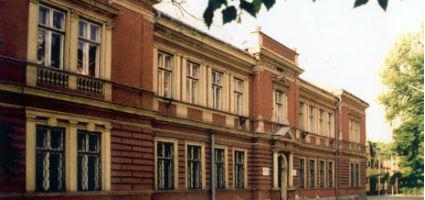2024. December 26. Thursday
Ózd Town Museum - Ózd
 |
Address: 3600, Ózd Gyár út 10.
Phone number: (48) 470-115
E-mail: info@ozdimuzeum.hu
Opening hours: Mon-Fri 9-15
|
|
25
|
26
|
27
|
28
|
29
|
30
|
1
|
|
2
|
3
|
4
|
5
|
6
|
7
|
8
|
|
9
|
10
|
11
|
12
|
13
|
14
|
15
|
|
16
|
17
|
18
|
19
|
20
|
21
|
22
|
|
23
|
24
|
25
|
26
|
27
|
28
|
29
|
|
30
|
31
|
1
|
2
|
3
|
4
|
5
|
|
Budapest
|
|
Budapest
|
|
Budapest
|
|
Budapest
|
|
Budapest
|
|
Budapest
|
|
Budapest
|
|
Budapest
|
|
Budapest
|
|
Vác
|
|
Miskolc
|
|
Budapest
|
|
Nagykáta
|
|
Nagykáta
|
|
Nagykáta
|
|
Nagykáta
|
|
Nagykáta
|
|
Budapest
|
 |
Address: 3600, Ózd Gyár út 10.
Phone number: (48) 470-115
E-mail: info@ozdimuzeum.hu
Opening hours: Mon-Fri 9-15
|